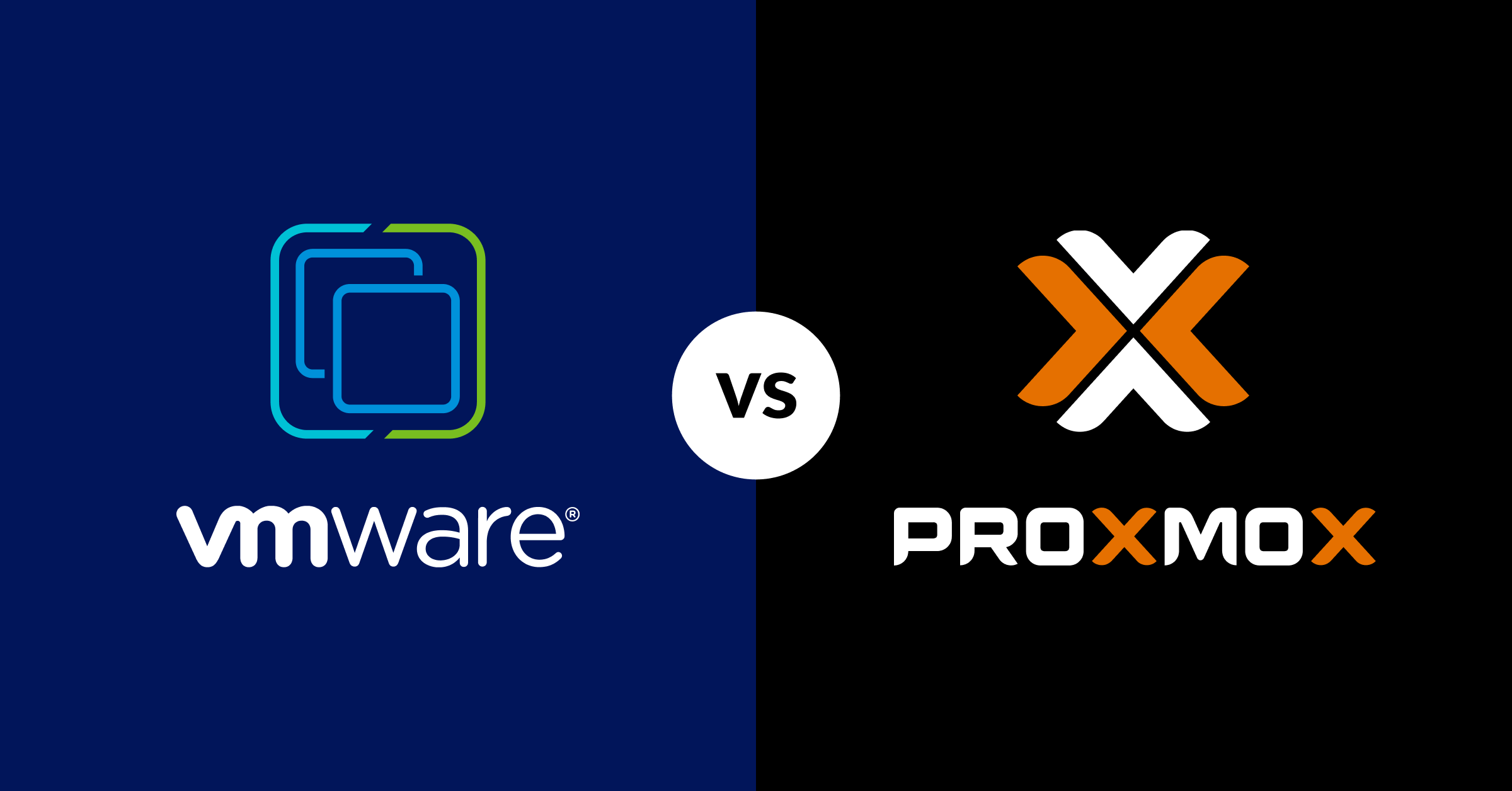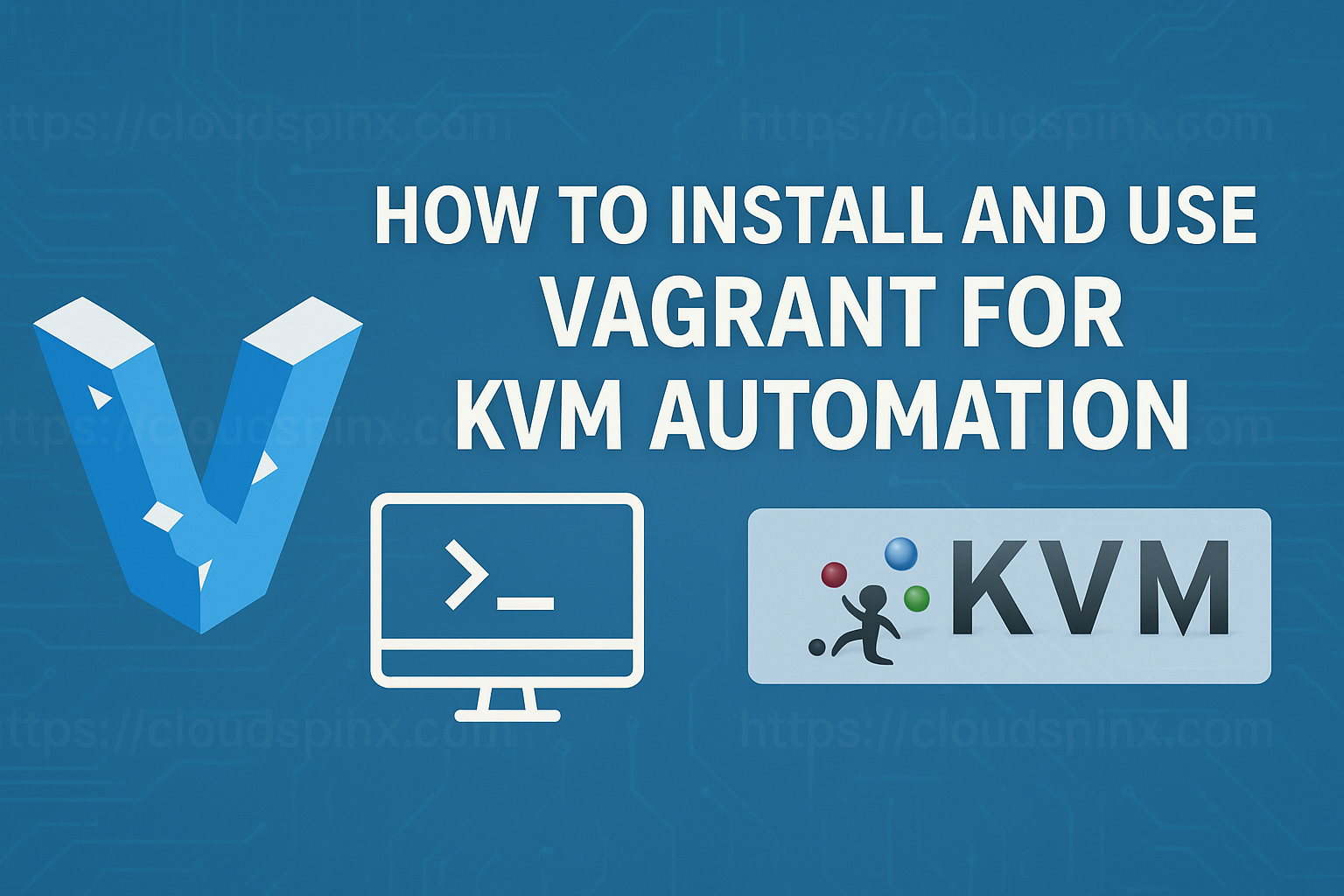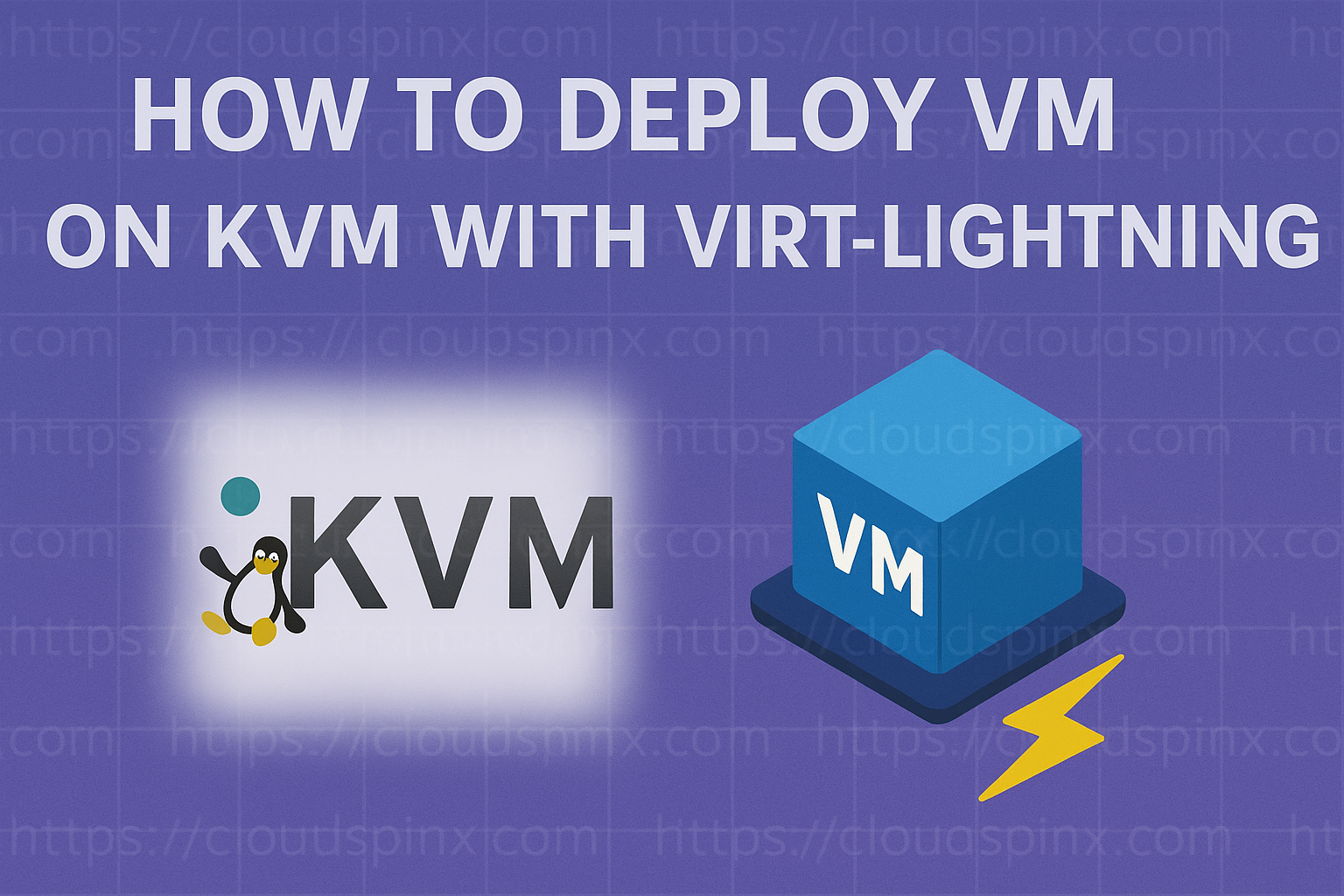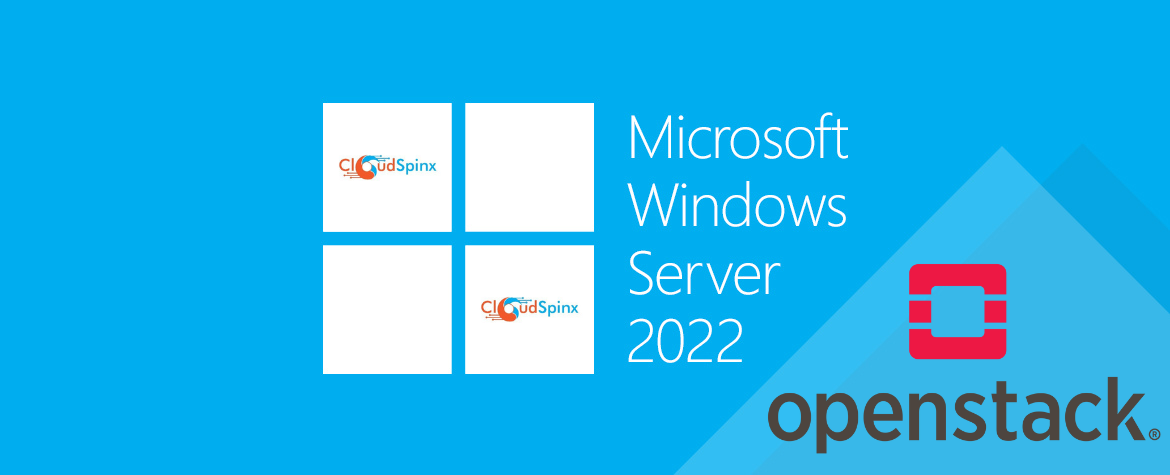Virtualization technology has been in the market for a long time now and has become very popular due to its ability to reduce costs, increase efficiency and flexibility, and make use of hardware resources efficiently.
In this document, we will compare and contrast three of the most popular virtualization platforms, which are VMware ESXi, Proxmox, and Red Hat Virtualization. We will highlight the pros and cons of each platform, and make a recommendation on which platform is the best for your organization.
VMware ESXi
VMware ESXi is one of the most widely used virtualization platforms in the market, known for its stability, reliability, and ease of use. VMware ESXi is a type 1 hypervisor, meaning that it runs directly on the hardware and allows for better performance and security. Below are some of the pros and cons of using VMware ESXi:
Pros
- Ease of use: VMware ESXi has an intuitive user interface that makes it easy to manage virtual machines, storage, and networking.
- Stability: VMware ESXi is known for its stability and reliability, making it a popular choice for mission-critical applications.
- Scalability: VMware ESXi can scale up to hundreds of virtual machines, making it a good choice for large organizations.
- High Availability: VMware ESXi includes features such as vMotion, which allow virtual machines to be moved between physical hosts without interruption.
- Comprehensive ecosystem: VMware ESXi has a large and active user community, as well as a vast ecosystem of third-party tools and services.
Cons:
- Cost: VMware ESXi can be expensive, especially if you need to purchase additional features or licenses.
- Limited hardware support: VMware ESXi has limited hardware support, which means that it may not work with all types of hardware.
- Vendor lock-in: VMware ESXi is a proprietary platform, which means that it can be difficult to switch to a different platform in the future.
Proxmox Virtual Environment
Proxmox is an open-source virtualization platform known for its flexibility and scalability. It is a type 1 hypervisor that can run on both Linux and Windows. Below are some of the pros and cons of using Proxmox:
Pros
- Open-source: Proxmox is free and open-source, which means that it can be customized and modified to meet your specific needs.
- Flexibility: Proxmox can run on both Linux and Windows, making it a good choice for organizations that use multiple operating systems.
- Scalability: Proxmox can scale up to hundreds of virtual machines, making it a good choice for large organizations.
- High Availability: Proxmox includes features such as live migration, which allow virtual machines to be moved between physical hosts without interruption.
- Active community: Proxmox has an active community of users and developers, which means that it is constantly evolving and improving.
Cons
- Complexity: Proxmox can be more complex to set up and configure than some other virtualization platforms.
- Limited support: Proxmox has limited support options, which means that you may need to rely on the community for help.
- Lack of enterprise features: Proxmox lacks some of the enterprise features found in other virtualization platforms, such as advanced storage options and backup solutions.
Red Hat Virtualization
Red Hat Virtualization is a virtualization platform that is based on the open-source KVM hypervisor. It is known for its security, scalability, and flexibility. Below are some of the pros and cons of using Red Hat Virtualization:
Pros:
- Security: Red Hat Virtualization includes advanced security features, including access control, encryption, and user authentication.
- Scalability: Red Hat Virtualization can scale up to hundreds of virtual machines, making it a good choice for large organizations.
- Flexibility: Red Hat Virtualization can run on multiple operating systems, making it a good choice for organizations with diverse IT environments.
- Open-source: Red Hat Virtualization is open-source software, which means that it is free to use and can be customized to meet your specific needs.
- Comprehensive management tools: Red Hat Virtualization includes a comprehensive set of management tools that make it easy to manage virtual machines, storage, and networking.
Cons:
- Complexity: Red Hat Virtualization can be more complex to set up and configure than some other virtualization platforms.
- Limited hardware support: Red Hat Virtualization has limited hardware support, which means that it may not work with all types of hardware.
- Lack of third-party tools and services: Red Hat Virtualization has a smaller ecosystem of third-party tools and services compared to VMware ESXi.
Choosing the Right Platform
After comparing and contrasting VMware ESXi, Proxmox, and Red Hat Virtualization, it is clear that each platform has its own strengths and weaknesses. Ultimately, the choice of virtualization platform will depend on your organization’s specific needs and requirements.
If your organization values stability, ease of use, and a comprehensive ecosystem of third-party tools and services, then VMware ESXi may be the best choice. However, this platform can be expensive, and it has limited hardware support.
If your organization values flexibility, open-source software, and advanced security features, then Red Hat Virtualization may be the best choice. However, this platform can be more complex to set up and configure than some other virtualization platforms, and it has a smaller ecosystem of third-party tools and services.
If your organization values a balance between cost, ease of use, and flexibility, then Proxmox may be the best choice. Proxmox is an open-source platform that provides a comprehensive set of management tools, support for multiple operating systems, and can be used with a variety of hardware.
Ultimately, the choice of virtualization platform will depend on your organization’s specific needs and requirements. It is important to carefully evaluate each platform and consider factors such as cost, ease of use, scalability, and hardware support before making a decision.









